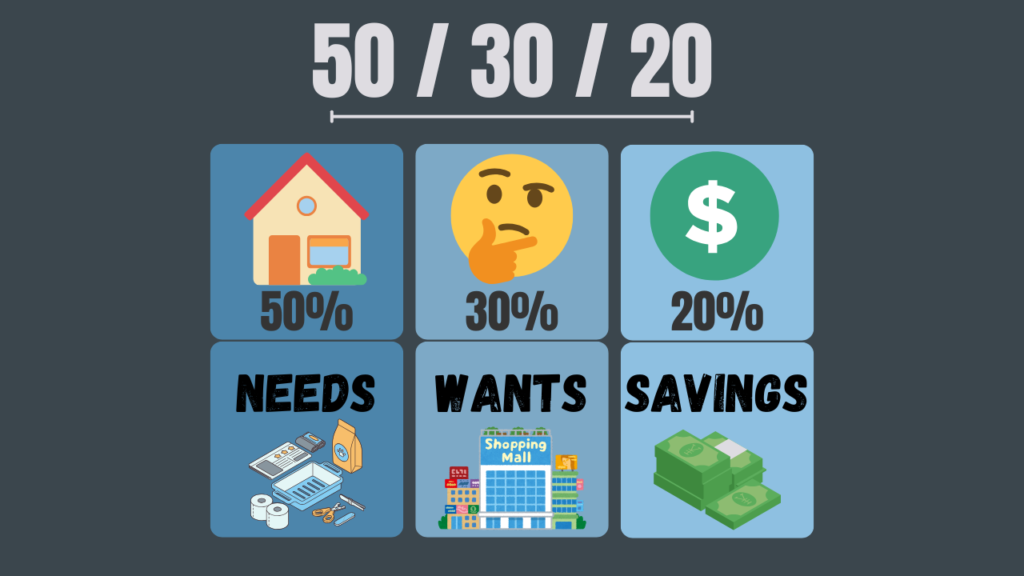The 50/30/20 Budget: Why Financial Experts Love This Simple Formula
The 50/30/20 budget method has taken the personal finance world by storm, especially among young professionals and independent individuals in the United States. This simple formula divides your after-tax income into three clear categories—50% for needs, 30% for wants, and 20% for savings or debt repayment—providing a straightforward blueprint to achieve financial balance and long-term stability. In this article, we’ll explore why financial experts love this method, how you can implement it in your own life, and offer actionable steps to start using the 50/30/20 budget method today.

Understanding the 50/30/20 Budget Method
The 50/30/20 budget method is designed to simplify financial planning. Here’s how it works:
- 50% for Needs: This includes essential expenses such as rent or mortgage, utilities, groceries, transportation, insurance, and minimum debt payments. Essentially, these are costs you can’t avoid.
- 30% for Wants: These are non-essential expenses that enhance your lifestyle, such as dining out, entertainment, travel, and hobbies.
- 20% for Savings/Debt Repayment: This portion should go toward building an emergency fund, contributing to retirement accounts, or paying off debt faster.
Why Financial Experts Love It
1. Simplicity and Clarity
One of the greatest appeals of the 50/30/20 budget method is its simplicity. Unlike more complex budgeting techniques that require detailed tracking of every single expense, this method offers a straightforward allocation that is easy to understand and implement. Financial experts praise its clear structure because it helps people see immediately where their money is going without getting bogged down in minutiae.
2. Flexibility for Different Lifestyles
Whether you’re a recent college graduate moving out for the first time, a young professional starting your independent journey, or even a newly married couple, the 50/30/20 budget method is versatile. It provides a flexible framework that can be adjusted based on your unique circumstances. If your essential expenses are higher, you might need to tweak the percentages slightly, but the overall principle remains sound. This adaptability is why it’s become popular among a wide range of individuals across the United States.
3. Promotes Balanced Financial Health
Financial experts often emphasize that true financial health is about balance. Allocating 50% of your income to necessities ensures that your basic needs are covered, while the 30% for discretionary spending allows you to enjoy life without feeling deprived. The 20% dedicated to savings or debt repayment, meanwhile, helps secure your future by building an emergency fund, contributing to retirement accounts, or accelerating debt payoff. By balancing these elements, the 50/30/20 budget method promotes both immediate satisfaction and long-term financial security.
4. Encourages Financial Discipline
The method inherently encourages disciplined spending. With a clear boundary set for your “wants” category, you are less likely to overspend on non-essentials. This discipline can lead to better savings habits and faster debt reduction. Numerous studies have shown that individuals who adhere to structured budgeting methods tend to achieve their financial goals more quickly, and the 50/30/20 formula is no exception.
Implementing the 50/30/20 Budget Method: A Step-by-Step Action Plan
Step 1: Calculate Your After-Tax Income
Start by determining your monthly income after taxes. This is the amount you have available to allocate across your three categories.
Step 2: List Your Monthly Expenses
Break down your expenses into needs and wants.
For needs, include rent, utilities, groceries, insurance, transportation, and minimum debt payments.
For wants, list non-essential items like dining out, subscriptions, and leisure activities.
Step 3: Allocate Your Income
Apply the 50/30/20 rule:
- 50% for needs
- 30% for wants
- 20% for savings or debt repayment
Use a spreadsheet or budgeting app to help visualize these allocations. Many online tools are available that automatically categorize your spending, making it easier to stick to your plan.
Step 4: Adjust and Monitor
Review your budget monthly to ensure you’re staying within your limits. Life changes, and your budget should be flexible enough to accommodate these changes. Revisit and adjust your allocations as needed.
Step 5: Stay Disciplined and Reap the Rewards
Commit to your plan, and remember that consistency is key. The more disciplined you are with your spending and savings, the faster you’ll see progress towards financial stability and freedom.
FAQ
Q: What does the 50/30/20 budget method mean?
A: It means allocating 50% of your income to needs, 30% to wants, and 20% to savings or debt repayment.
Q: How can I calculate my after-tax income?
A: Your after-tax income is your total income minus taxes and other mandatory deductions. You can find this information on your pay stub or use online calculators like this one from smatasset.
Q: Can I adjust the percentages if my situation is different?
A: Yes, the rule is a guideline. You may need to adjust the allocations based on your personal circumstances.
Q: What if my needs take up more than 50% of my income?
A: The 50/30/20 rule is a guideline. If your needs exceed 50%, consider ways to reduce expenses or adjust the percentages to better fit your situation. The key is to find a balance that works for you.
Q: How often should I review my budget?
A: It’s a good idea to review your budget monthly to ensure you’re on track and make adjustments as needed.
Q: How does this budget method help with debt repayment?
A: By dedicating 20% of your income to savings or debt repayment, the method encourages you to pay down debt faster while also building an emergency fund for financial security.
Q: Is this method suitable for everyone?
A: While the 50/30/20 rule works well for many, individual circumstances vary. You may need to adjust the percentages based on your specific financial situation and goals.
Explore More Financial Insights
- 👉Index Funds vs ETFs: Which Is Best for Your Investment Strategy?
Dive into the pros and cons of these popular investment vehicles to optimize your portfolio. - 👉Financial Education for Children: How to Teach Your Kids About Money in a Fun Way
Learn creative strategies to introduce financial literacy to the younger generation in an engaging manner.
Conclusion
The 50/30/20 budget method remains one of the most popular and effective budgeting strategies among financial experts, thanks to its simplicity, flexibility, and focus on balanced financial health. By clearly dividing your income into essential spending, discretionary spending, and savings or debt repayment, this method provides a robust framework for achieving financial stability and independence.
Whether you’re just starting out on your financial journey or looking for a more disciplined approach to managing your money, adopting the 50/30/20 rule can help you take control of your finances, reduce stress, and set the stage for a brighter, more secure future.
Embrace the simplicity and power of the 50/30/20 budget method today and start building a better financial future!




At this time it seems like Expression Engine is the top blogging platform out there right now. (from what I’ve read) Is that what you’re using on your blog?